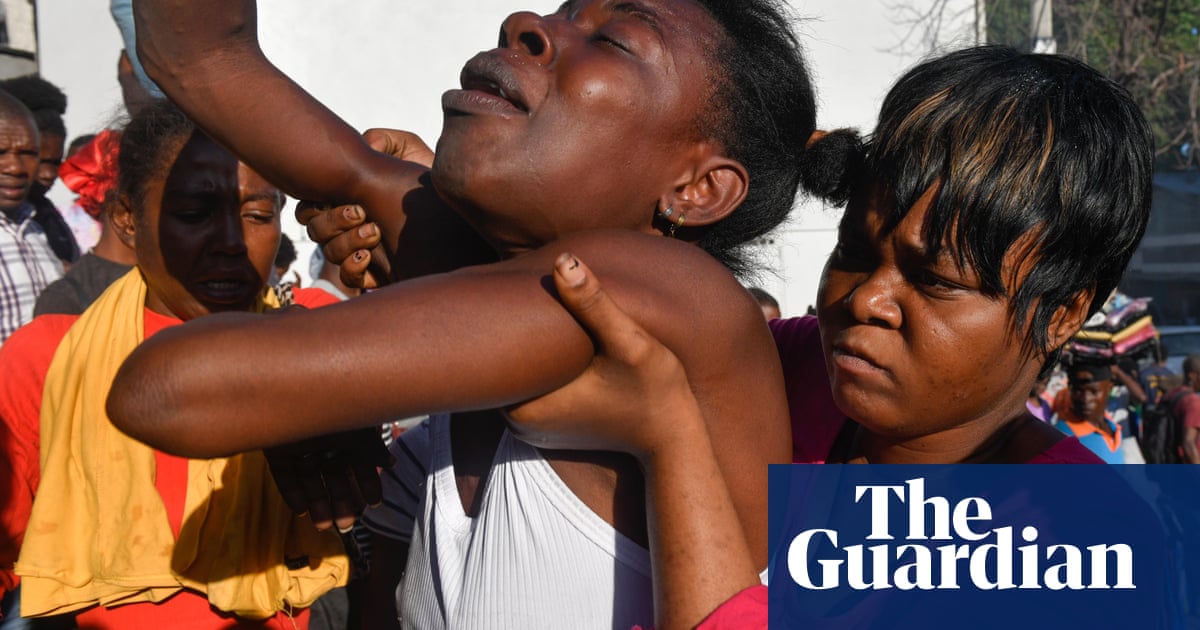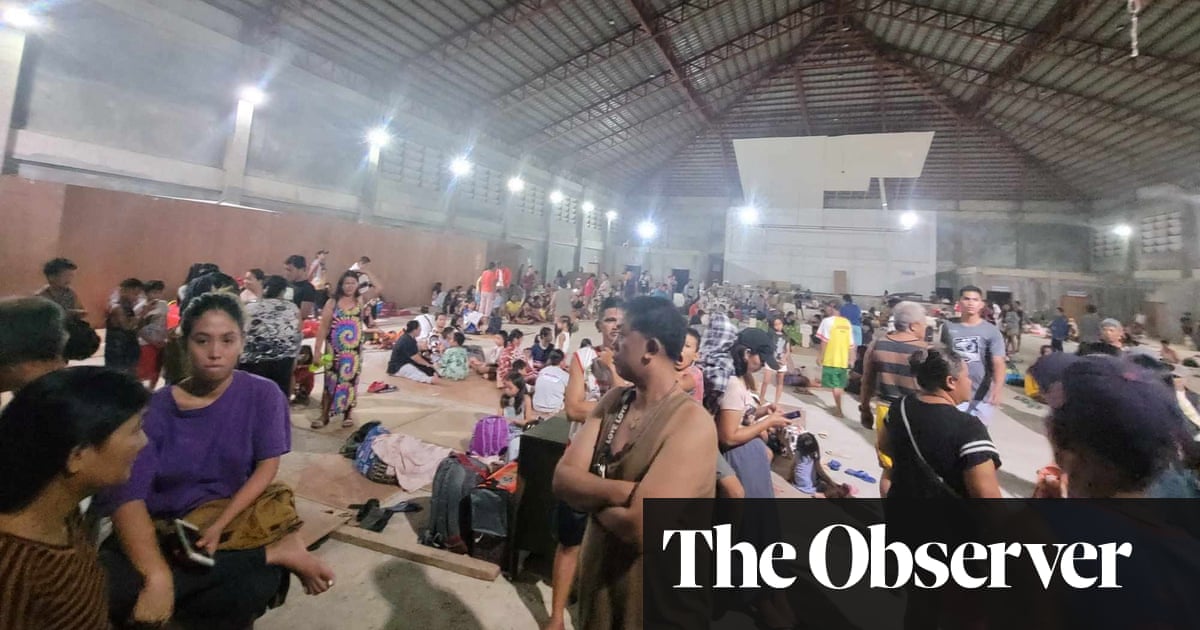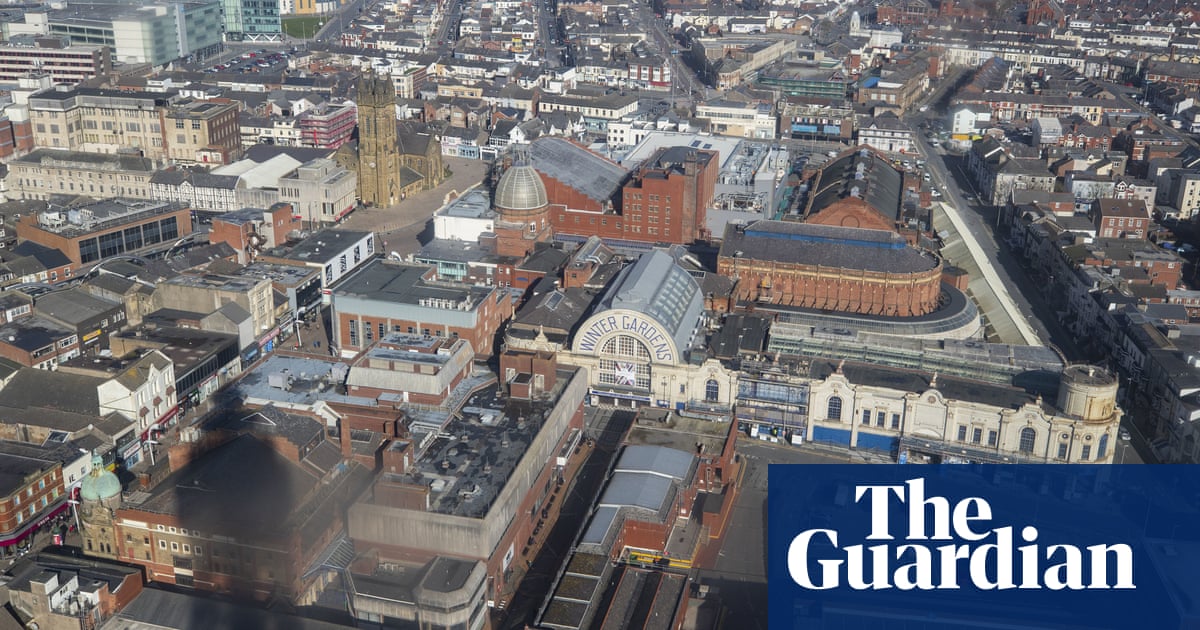
At least 304 people have died and hundreds are missing after Haiti was struck by a 7.2-magnitude earthquake that reduced churches, hotels and homes to rubble, in the latest tragedy to hit a Caribbean nation already mired in profound humanitarian and political crises and still reeling from the recent assassination of its president.
The earthquake on Saturday, which struck the country’s south-west at 8.29am local time, was felt across the Caribbean and rekindled painful memories of the devastating 2010 quake that killed more than 200,000 people. The prime minister, Ariel Henry, has declared a month-long state of emergency.
Henry said he would not ask for international help until the extent of the damage was known. He said some towns were almost completely razed, adding that the government had people in the coastal town of Les Cayes to help plan and coordinate the response.
“The most important thing is to recover as many survivors as possible under the rubble,” said Henry. “We have learned that the local hospitals, in particular that of Les Cayes, are overwhelmed with wounded, fractured people.”
He said the International Red Cross and hospitals in unaffected areas were helping to care for the injured, and appealed to Haitians for unity. “The needs are enormous. We must take care of the injured and fractured, but also provide food, aid, temporary shelter and psychological support,” he said.
Later, as he boarded a plane bound for Les Cayes, Henry said he wanted “structured solidarity” to ensure the response was coordinated to avoid the confusion that followed the devastating 2010 earthquake, when aid was slow to reach residents.
The US president, Joe Biden, authorised an immediate response and named Samantha Power as the senior official coordinating the US effort to help Haiti. USAID will help to assess damage and assist in rebuilding, said Biden, who called the United States a “close and enduring friend to the people of Haiti”.
A growing number of countries offered help, including Argentina and Chile, which said it was preparing to send humanitarian aid. “Once again, Haiti has been hit by adversity,” the Chilean president, Sebastián Piñera, said.
The quake earlier sparked panic in the capital, Port-au-Prince, much of which was levelled by the 2010 disaster. One local, Carmelle Charles, broke down in tears as she recalled fleeing outside after the latest earthquake jolted her home in the Delmas neighbourhood.
“I raced outside with tears in my eyes … because so many images of 12 January 2010 were flashing in my mind. I hope this won’t be the same,” the 37-year-old businesswoman said.
The dead reportedly include the former senator Gabriel Fortuné, whose body was reportedly pulled from a collapsed hotel in the coastal town of Les Cayes.
Photographs showed shell-shocked residents wandering through the streets and smashed vehicles in the towns of Les Cayes and Jérémie. One image showed the spire of the 19th-century St Louis King of France Cathedral in Jérémie had collapsed. Another showed the dust-caked and seemingly lifeless body of a man being hauled from the wreckage of a building.
Jeanty Dorméus said his 38-year-old brother, Vilfort Dorméus, had been killed when his home collapsed in Les Cayes, where panicked residents reportedly fled into the mountains for fear of a tsunami. “Haiti is unlucky, there’s always something wrong,” said Dorméus, a 41-year-old tailor from Port-au-Prince. “Nobody in the family was expecting something like this.”
A journalist for Haiti’s Le Nouvelliste, Robenson Geffrard, said the hospital in Les Cayes had been overwhelmed by the number of injured patients being brought in. Haiti’s civil protection office said at least 227 people had died in the earthquake.
Akim Kikonda, Catholic Relief Services’ representative in Haiti, said that, unlike 2010, Port-au-Prince seemed to have been largely spared. But the situation was far worse in the south-west. “I’m hearing about a lot of houses and some public buildings that have been seriously damaged. Some of them have collapsed completely, so people are outside and they don’t have houses,” Kikonda said.
One aid worker colleague had tried to make the 60-mile drive from Cayes to Jérémie but had been forced to turn back. “The road was completely blocked by a landslide and a huge crack in the road. So it looks like we can really expect significant damage in that area,” he said.
Haiti’s US ambassador, Bocchit Edmond, was one of many who compared Haiti’s latest natural disaster with the cataclysmic 7.0-magnitude earthquake that struck 11 years ago. “The January 12 of 2010 feelings are back to haunt us. Natural disaster continues to assault #Haiti,” he tweeted.
Haiti, which shares the island of Hispaniola with the Dominican Republic, was still recovering from that disaster on 7 July this year when armed raiders stormed the residence of President Jovenel Moïse and killed him for reasons that remain obscure.
Haitian police have blamed the audacious crime on a mostly Colombian team of mercenaries, 18 of whom were captured and three killed after the crime. A US-based Haitian pastor who had reputedly harboured dreams of becoming his country’s leader has also been detained. But few believe the true masterminds have been caught. In an interview late last month one senior minister said he was convinced the “big fish” behind the crime remained at large. Haiti’s former first lady, Martine Moïse, who survived the attack, has hinted powerful members of the country’s oligarchy were responsible.
Some observers fear the still-unsolved murder has the potential to thrust an already profoundly impoverished nation into a new chapter of political and social volatility, a bleak outlook Saturday’s earthquake will do nothing to improve.
Henry urged Haiti’s 11 million citizens to show responsibility and solidarity in the face of what he called the country’s “dramatic situation”.
“L’Union fait la force,” Henry tweeted, quoting the country’s motto: strength through unity.









